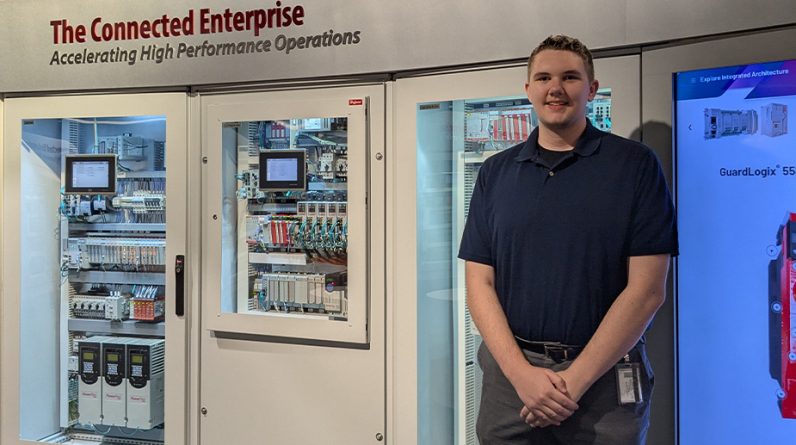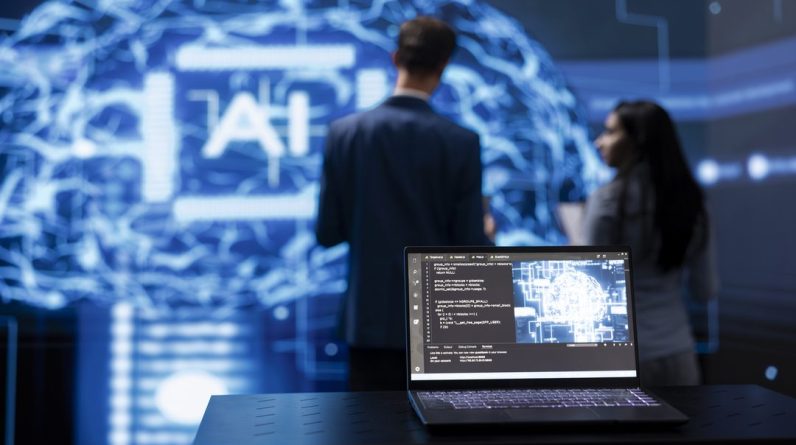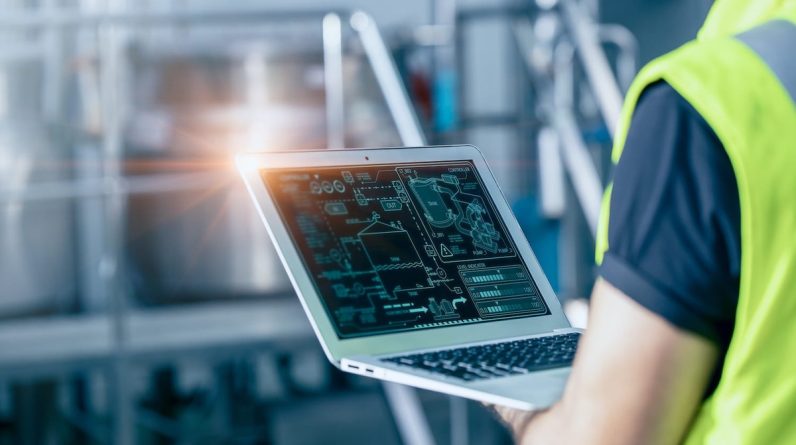
Summary
Prioritizing software over hardware optimizes industrial operations and reduces maintenance costs through data-driven decisions.
A Paradigm Shift: Software-defined Industrial Automation
Technological innovation is defining the world around us. It is shaping the industries that act as the building blocks of our modern society by implementing advanced automation and digital solutions. While industrial automation dates to the 1800s, technology finally took off with the invention of programmable logic controllers (PLCs) in the 1950s and 60s. Since then, we have come a long way, and with the advent of digitalization, applying software for industrial processes has gained momentum.
Predominantly, Industrial Automation relied on hardware. And the past approaches to automation are incompatible with the data-driven future of industrial enterprises. Today’s plant operators are looking for higher efficiency, lower downtime, and reduced operational costs, which has led to the need for software-defined industrial automation (SDIA) technologies.
Decoding software-defined industrial automation
Before we analyze the concept of software-defined industrial automation, let us take a step back and understand how Internet of Things (IoT) connects with industrial automation. Industrial automation comes in multiple layers of networks from L1 to L4/L5. Each of these layers has hardware-based systems and are connected to each other with the networks. These hardware centric systems have fixed functionality and limited adaptability. Any change to say, a Programmable Logic Controllers (PLC) or Distribution Control Systems (DCS) is a huge change, often becoming a challenge for organizations.
Moreover, automation systems often operate in silos, making integration and data sharing challenging. But with SDIA technologies, these physical devices are transitioning to intelligent systems. For example, a PLC is transitioning itself from a dump PLC to an intelligent PLC by using software automation, artificial intelligence (AI) including Generative AI etc. Simply put, the physical world operations are getting integrated with each other with the power of cutting-edge software technologies.
With industrial systems becoming software defined, scaling production will be easier with higher adaptability and flexibility. Software-enabled systems like PLCs and 800xA distributed control systems (DCS) are already supporting many industrial operations worldwide. Prioritizing software over hardware will optimize productivity and enhance plant performance while allowing plant operators to make data-driven decisions.
With the advent of cloud computing, SDIA has become boundless. The information shared in traditional hardware systems within a particular plant, or a unit, can now be computed and accessed across the globe, thus making the solution more sustainable.
Further, when new software or Artificial Intelligence (AI) capabilities emerge, the software-enabled DCS and PLCs can be upgraded with a simple update rather than changing the entire system. It will help organizations save time and costs significantly.
Paving the way for the future
Industrial companies are the backbone of our modern way of life, including mining, oil and gas, and food and beverage. With increasing population and market demand, optimizing processes is essential to providing high-quality goods and services. Adopting SDIA technologies will become a priority for organizations across industries. However, adoption will occur in process industries like mining, food & beverage, pulp and paper, and metals as production cycles are smaller and happen in batches. In such cases, embedding software to optimize operations will be simpler.
Another industry that will follow suit is the energy industry, which supplies water, electricity, and transport to our everyday lives.
With the advancement of industrial innovation, software is becoming increasingly important in defining automation processes. Additionally, industrial companies are emphasizing developing sustainable operations and reducing energy consumption as discussions about achieving net-zero emissions become more intense. Software-defined automation will help organizations become more sustainable by optimizing their processes and reducing maintenance costs while enabling them to make data-driven decisions.
Did you enjoy this great article?
Check out our free e-newsletters to read more great articles..
Subscribe





